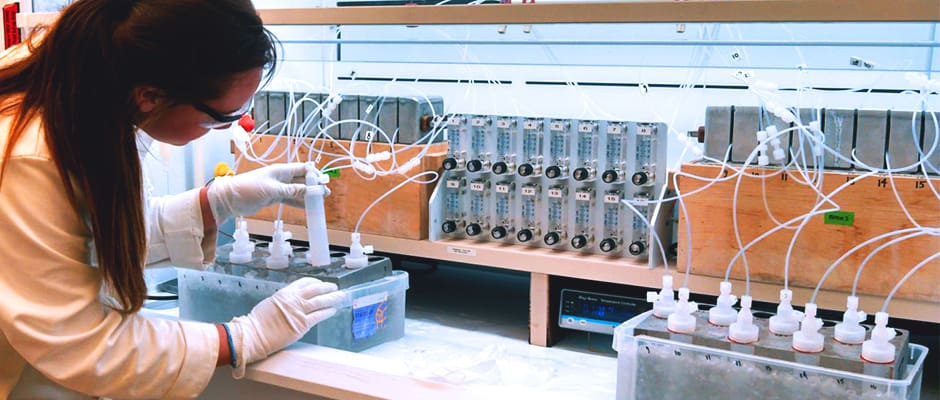Share this article
How Elephant Seals Regulate Mercury Influx
In many ways, elephant seals get a raw deal when it comes to mercury pollution in the ocean.
The toxic chemical, the product of mining runoff and other industrial sources, accumulates in marine life at each successive stage of the food chain, ending up in large concentrations in top predators such as seals.
But a new study shows that elephant seals (Mirounga angustirostris) may be able to shed the mercury from their system through molting.
“Many studies have looked at biomagnification up the food chain, and we took that a step further to see what happens next. Mercury is an element, so it never breaks down and goes away — it just changes forms,” said Jennifer Cossaboon in a release. Cossaboon was an undergraduate at the University of California Santa Cruz while leading the study published in the Proceedings of the National Academy of Sciences.
According to coauthor Russell Flegal, researchers found “remarkably high levels” of mercury in a relatively pristine area of the California coastline — the Año Nuevo State Reserve. “The place has thousands of marine mammals and birds there. It’s an incredible wildlife reserve,” Flegal said.
Flegal said that he and other researchers had known since the 1980s that there were elevated levels of mercury in the mussels around the area, but they couldn’t test the water directly. They didn’t know why or when it was building up there, especially since the nearest major source of mercury was a mine around the San Francisco Bay area approximately 60 miles north of the state reserve. While they suspected the seals were behind the mercury levels, it didn’t seem like the right time of year due to the marine mammals’ seasonal ecology. “When these elephant seals are on land they are fasting and they really aren’t dropping much feces,” he said.
But pollutants like methylmercury often accumulate in the hair of elephant seals, and researchers found the highest levels of mercury in the water — almost 17 times higher than normal — off the coast during the season when they molt.
“They shed their entire layer of hair,” Flegal said.
He stressed that it wasn’t the seals to blame: “Humans have elevated the amount of mercury in the environment by about fourfold.”
But Flegal said that the elevated levels of mercury in the water mean that people would be best advised to avoid fishing in those areas during these molting seasons.
Header Image: Jennifer Cossaboon analyzes seawater samples for methyl mercury in the lab of environmental toxicologist Russell Flegal at UC Santa Cruz. Image Credit: Priya Ganguli








